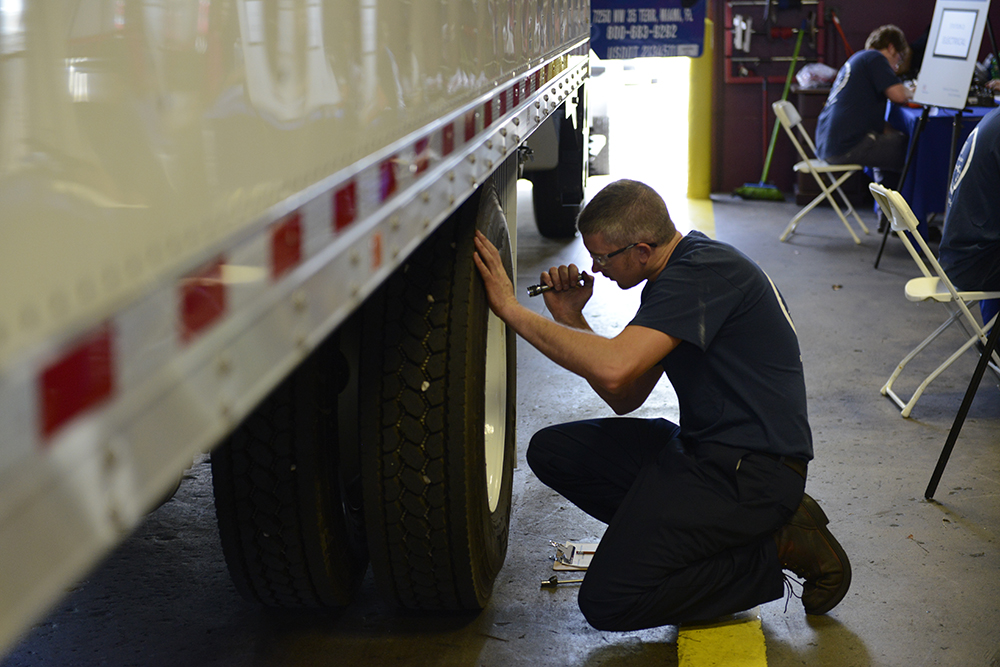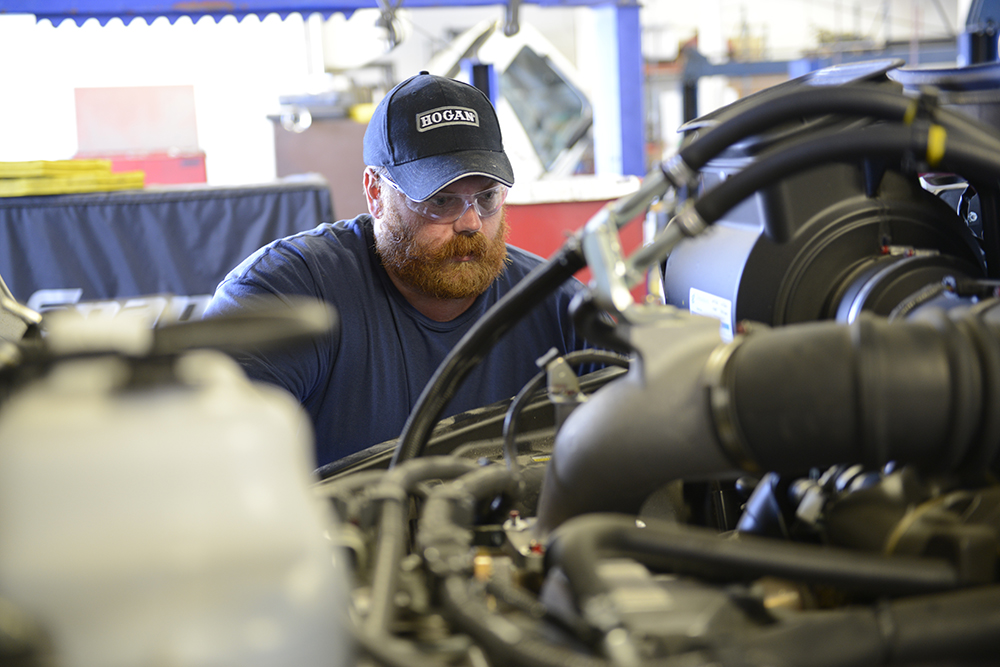Other than fuel, as a cost category, replacement tires are a fleet’s largest operating expense, so anything you can do to lengthen the life of your tires can make a significant impact on your fleet’s bottom line.
One of the things that will make a difference and improve the life and safety of your tire is ensuring your fleet follows correct tire mounting procedures. In a recent blog for CCJ, Joe Puff, vice president of truck technology and maintenance for NationaLease, covers this issue in considerable detail. Fleets should seek to do more than simply be compliant with OEM and OSHA regulations, according to Joe.
He encourages technicians to use the bead lubricants when mounting tires, unless the manufacturer recommends otherwise. However, it’s essential that the product used is top quality and is designated for use as a tire bead lube.
What is just as important as the product you should be using is what you shouldn’t be using and Joe goes into detail on that as well. Never use mineral spirits or other petroleum products which are flammable and can deteriorate rubber. Also avoid using soaps that can result in rim corrosion, while some lubes can cause the tire to slip on the wheel.
In addition, before you start mounting the tire, make sure that the bead areas are clean and that you remove any rust and/or scaling. Not doing so can have a deleterious effect on the wheel’s clamping force. In fact, before mounting, you should ensure that the all wheel mating surfaces, including wheel mounting surface, brake drum surface, nuts, bolts, etc. are clean and free from rust and corrosion.
To learn more about proper tire mounting procedures, as well as the difference between torque and clamping force, read Joe’s full blog.



